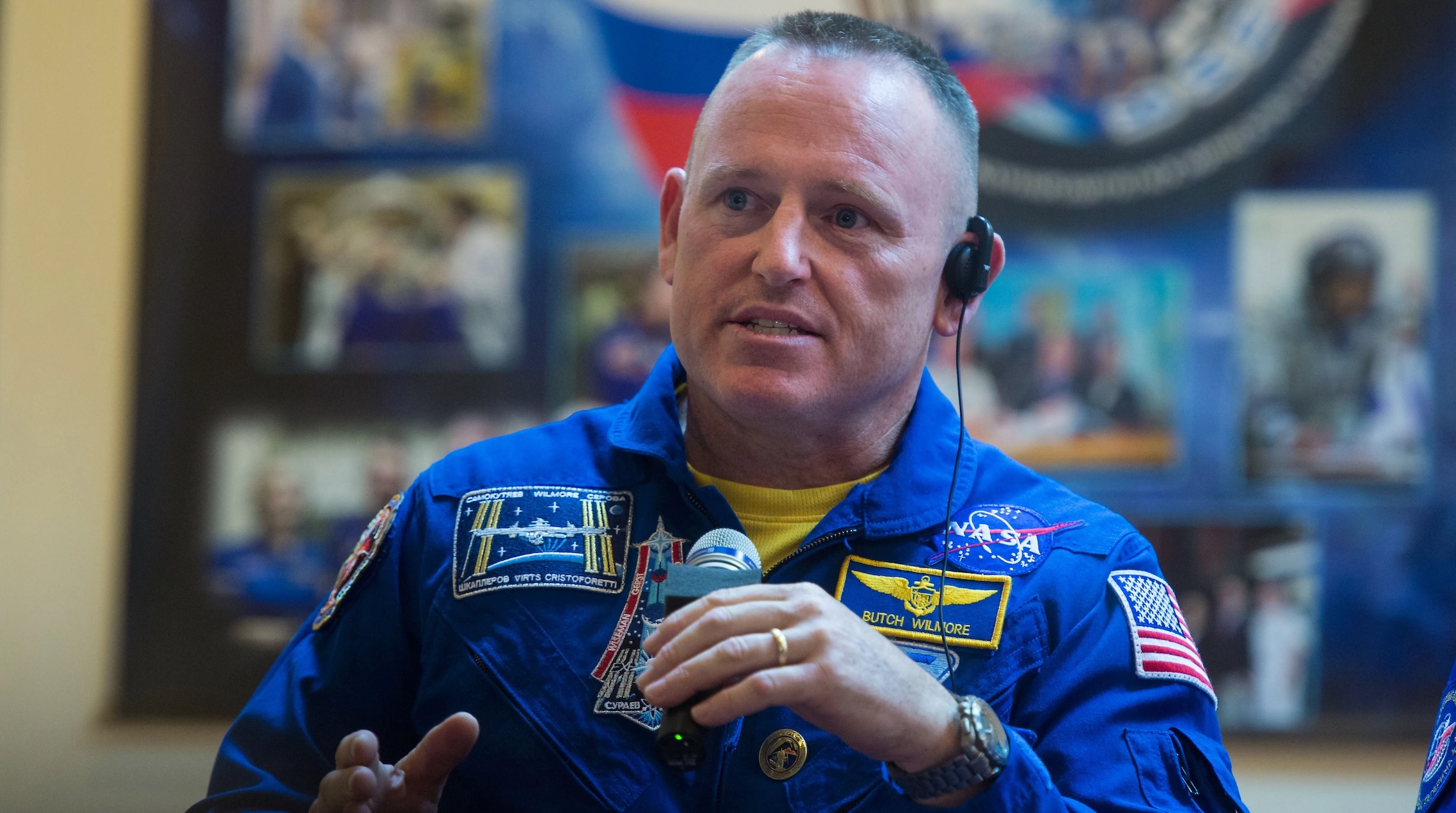Astronaut Butch Wilmore retires from NASA after 25 years
"His lasting legacy of fortitude will continue to impact and inspire the Johnson workforce, future explorers, and the nation for generations."

Astronaut Barry "Butch" Wilmore is leaving NASA after a quarter-century of service.
Wilmore flew on four different spacecraft during his astronaut career, which began way back in 2000. He spent a total of 464 days off Earth and conducted five spacewalks, during which he racked up 32 hours of outside-spacecraft time.
"Butch's commitment to NASA's mission and dedication to human space exploration is truly exemplary," Steve Koerner, acting director of NASA's Johnson Space Center in Houston, said in an agency statement today (Aug. 6) that announced Wilmore's retirement. "His lasting legacy of fortitude will continue to impact and inspire the Johnson workforce, future explorers and the nation for generations. On behalf of NASA's Johnson Space Center, we thank Butch for his service."
Wilmore was a captain and a test pilot in the U.S. Navy with both peacetime and wartime operational experience when NASA selected him to join its astronaut corps in 2000.
He flew to space three times during his NASA career, starting with the 11-day STS-129 mission to the International Space Station (ISS) aboard the space shuttle Atlantis in November 2009.
Wilmore spent 5.5 months aboard the ISS from September 2014 to March 2015, getting there and back aboard a Russian Soyuz spacecraft. He returned to the orbiting lab in June 2024, on the first-ever crewed flight of Boeing's Starliner astronaut taxi.
That mission — a two-person flight, with Wilmore sharing the capsule with NASA's Suni Williams — was supposed to last just 10 days or so. However, Starliner suffered thruster issues on the way up, and NASA and Boeing extended the capsule's ISS stay to study the problem.
Breaking space news, the latest updates on rocket launches, skywatching events and more!
The agency ultimately decided to bring Starliner home uncrewed, which occurred without incident in September 2024. Wilmore and Williams continued living aboard the ISS, eventually coming back to Earth on a SpaceX Crew Dragon capsule in March of this year, on the downward leg of the company's Crew-9 mission.
The NASA statement did not say what Wilmore plans to do next. But it wouldn't be shocking if he stayed connected with spaceflight and exploration in some way.
"From my earliest days, I have been captivated by the marvels of creation, looking upward with an insatiable curiosity. This curiosity propelled me into the skies, and eventually to space, where the magnificence of the cosmos mirrored the glory of its creator in ways words can scarcely convey," Wilmore said in the same statement.
"Even as I ventured beyond Earth's limits, I remained attuned to the beauty and significance of the world below, recognizing the same intricate design evident among the stars is also woven into the fabric of life at home," he added.
Wilmore's retirement follows closely on the heels of that of fellow astronaut Kate Rubins, who left NASA on July 28.

Michael Wall is a Senior Space Writer with Space.com and joined the team in 2010. He primarily covers exoplanets, spaceflight and military space, but has been known to dabble in the space art beat. His book about the search for alien life, "Out There," was published on Nov. 13, 2018. Before becoming a science writer, Michael worked as a herpetologist and wildlife biologist. He has a Ph.D. in evolutionary biology from the University of Sydney, Australia, a bachelor's degree from the University of Arizona, and a graduate certificate in science writing from the University of California, Santa Cruz. To find out what his latest project is, you can follow Michael on Twitter.
You must confirm your public display name before commenting
Please logout and then login again, you will then be prompted to enter your display name.
